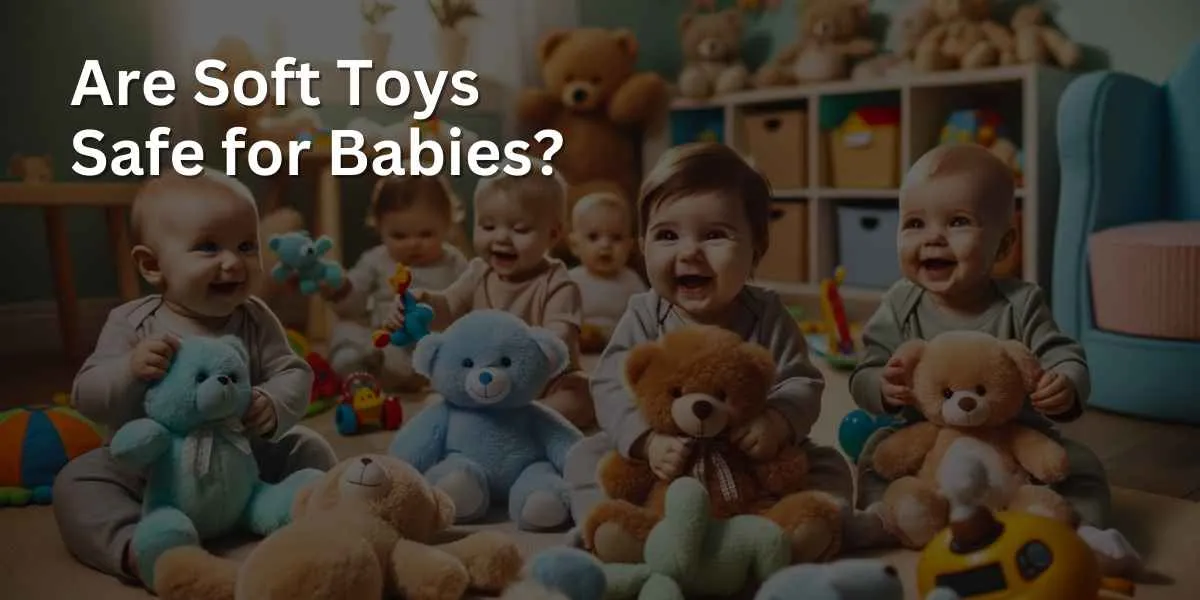Most little children have soft toys they carry around with them everywhere they go. These adorable soft toys are more than just toys. They provide little children a sense of comfort and companionship. For most kids, these soft toys are their lifetime best friend. Some of us still have our favourite soft toys from our childhood. But are soft toys safe for babies?

At first glance, soft toys are simple but they are also great for early development. No wonder why many parents buy these toys for their kids. Soft toys are one of the best toys for your children’s first pretend play sessions. They can pretend to be someone else or act out scenarios based on their experience. These toys can be enjoyed alone or with others.
Generally, soft toys are safe for babies. However, there are a few things to look out for and keep in mind before buying these toys and when your babies start playing them.
You want your babies to play with the best and safest toys and doing enough research can help you find the right toys for your babies. Before buying a soft toy, you should do ample research on its safety, materials and experience by other consumers. Stores usually publish customers reviews online so other potential customers can read about them.
You can take advantage of these and take note of what other consumers had to say about the soft toy. Moreover, read every product details and any relevant information about the soft toy. Information about the soft toy’s materials and its features.
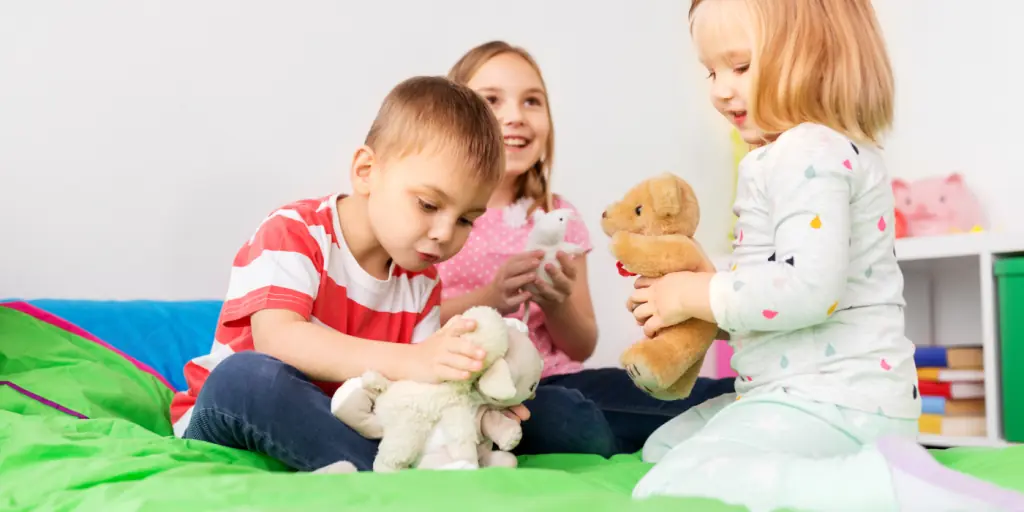
There are many soft toys that are made from materials that could expose your children to dangerous chemicals like bisphenol-A (BPA), polyvinyl chloride (PVC), lead, heavy metals like cadmium and other hormone disrupting chemicals. As a rule of thumb, if you are not familiar with the materials listed, you are better off finding something else.
Other things to look out for our components of the soft toy. Steer clear from toys that have detachable parts because these are potential choking hazards. You do not want these soft toys near your babies especially if your children have developed a bad habit of putting toys into their mouths.
You should also avoid soft toys that have components that will eventually come off like buttons and beads. Regardless of how well they’re sewn or glued into the fabric, you are better off avoiding toys with these components completely.
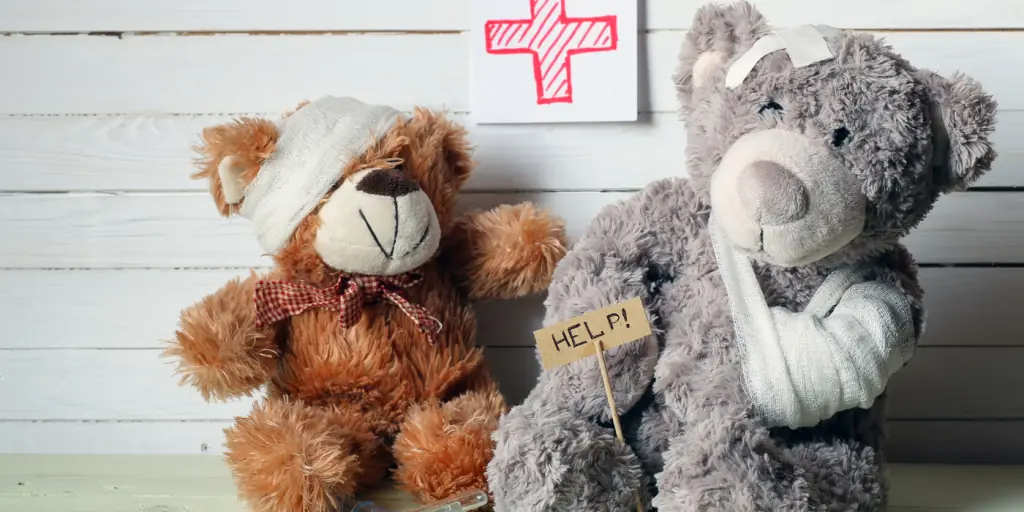
Generally, you want to avoid these with anything that comes in contact with your babies including but not limited to any kinds of toys, clothing, bedding, accessories and decorations.
Another thing to look out for are strings and wires. If your soft toys have wires and loose strings, get rid of them immediately. Wires on the insides of soft toys will eventually poke through and could cause serious injuries to your little one. Similarly, any loose strings can entangle your children’s fingers.
Make sure that you buy soft toys that are easy to wash. Not all parents have the time to wash toys as often as they should so if you are a busy parent, buy toys that you can wash using your washing machine.
Also, keep your babies’ beds and cribs free from any soft toys especially those that are larger than your baby because these huge soft toys can cause suffocation.
Choosing the best soft toys
Soft toys are some of the most popular toys for babies. They are soft and children love to cuddle them every time they get the chance. These toys provide companionship when babies feel alone and lonely and accompany little children on their outdoor adventures.
As parents, we want our babies to play the best toys. Soft toys are fantastic toys for early development. Aside from providing companionship, they also allow little children to engage in imaginative and creative play. Children love pretend play and they learn a lot through playing. Imaginative play should be encouraged at an early age because it leads to wonderful things and helps children develop a wide range of foundational skills. These toys are also good for keeping your children company on long car rides or ease anxiety during stressful events. Some children even sleep better when they cuddle soft toys while sleeping.
There are few things you need to look out for and consider before buying soft toys for your baby or as gifts for birthdays. Keep in mind that soft toys will receive a lot of hugs and kisses and children will bring them almost everywhere they go.
You want a soft toy that is cozy, comfortable, made from high quality materials and well-made. There are many soft toys that fit the bill but make sure that these toys also support your children’s interests. For instance, if your children love animals, buy them soft toys that come in the form of their favourite animals.
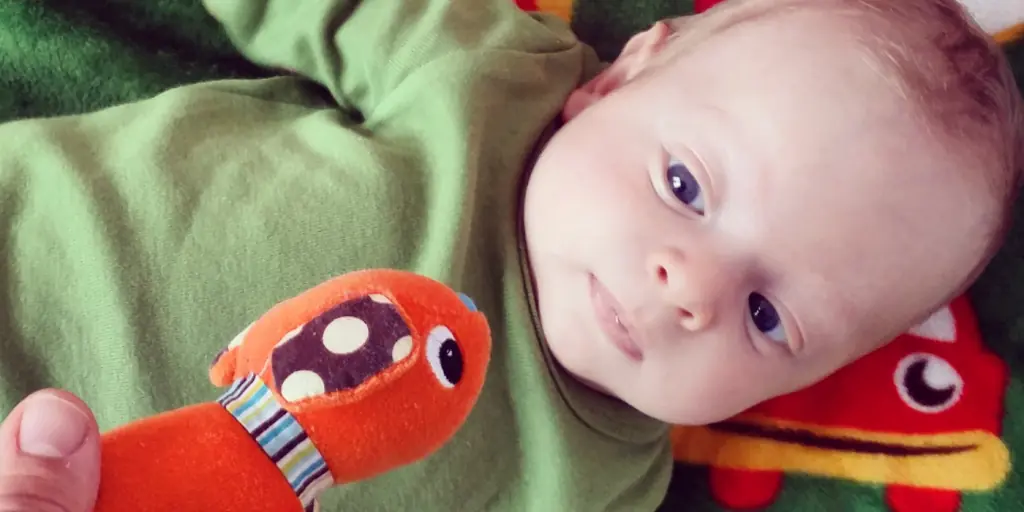
Setting a budget is also a good idea because it shortens your list of possible soft toys and can help you avoid unnecessary spending. This does not mean that you buy the cheapest soft toys. Most cheap toys easily break apart because they are poorly made using low quality materials. There are many affordable soft toys that do not carry hefty price tags but are good quality.
Safety is also another thing that should be at the top of your list. Buy soft toys that are suitable for your children’s age and make sure to read labels for potential choking hazards. Do your own research online and read some reviews from other parents. Reading reviews from others usually helps give you an idea what to expect and what to look out for. Soft toys with detachable parts and other choking hazards should be avoided completely especially if your children have a nasty habit of putting things into their mouths.
You should also consider getting a brightly coloured soft toy. Little children are drawn into bright colours and they learn to recognise different colours as they play. Your children will be happier playing with soft toys that are full of colour than those with dull monochromatic colours.
As parents, it is important that we protect our children from germs and bacteria. This means cleaning their toys regularly including their soft toys. Choose soft toys that are machine washable if you are busy and do not have time to hand wash.

FAQS- Are Soft Toys Safe for Babies?
Are soft toys safe for my baby to play with?
Soft toys can be safe for babies, but it’s essential to choose age-appropriate toys and ensure they meet safety standards. Look for toys labeled as “baby-safe” or “ASTM certified,” indicating compliance with safety regulations.
Avoid toys with small parts that could be a choking hazard, and always inspect toys for loose stitching or small detachable pieces. To pick the best stuffed animals for your little one, why not check oout our advice on how to choose the best stuffed toy or teddy bear.
Can my baby sleep with a soft toy?
It’s generally recommended, including by the American Academy of Pediatrics, to avoid placing soft toys in a crib with a sleeping baby until they are at least 12 months old. This applies other soft objects that could potentially cover baby’s face, such as pillows, blankets and crib bumpers.
Sleep Safety comes first, so for younger babies, store their plush pals on a nearby shelf or toy hammock in baby’s room, instead of in the crib where your babies sleep. For older children, do still be mindful not to have too many soft toys in their bed.
Babies under one year of age should sleep on a firm, flat surface without any loose bedding or toys to reduce the risk of suffocation or Sudden Infant Death Syndrome (SIDS). After the first year, you can introduce a soft toy for comfort, but ensure it’s an age-appropriate and safe option.
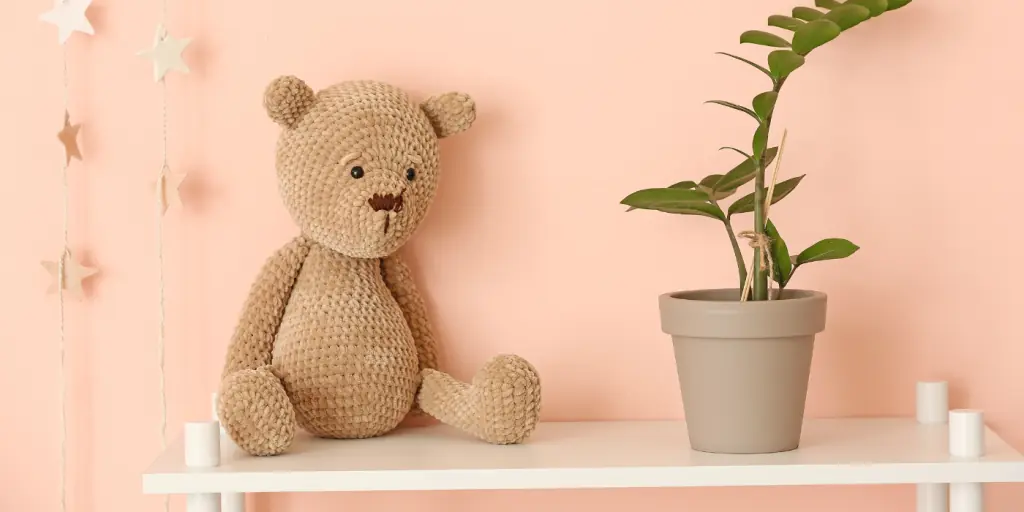
How can I clean and maintain soft toys to keep them safe for my baby?
Regularly cleaning and maintaining soft toys is essential. Check the care instructions on the toy’s label, and follow them carefully. Most plush toys can be machine-washed in a gentle cycle and dried on low heat. In our opinion, the best stuffed toys allow for machine washing.
Inspect your baby’s stuffed animal regularly for signs of wear, tear, or damage, and discard any that show significant wear or have loose parts. Be extra mindful of battery operated stuffed animals. Keep in mind that some toys may need more frequent cleaning if they are in constant contact with your baby.
What should I do if a soft toy becomes damaged or shows signs of wear and tear?
If a soft toy becomes damaged, has loose stitching, or shows signs of wear and tear, it’s best to remove it from your baby’s play area immediately. Repair any small tears or loose parts if possible. However, if the damage is extensive or the toy cannot be fixed safely, consider replacing it with a new, safe toy to prevent any potential hazards.
How can I ensure that a soft toy is free from harmful chemicals and toxins?
To ensure a stuffed toy is safe from harmful chemicals, look for products that are labeled as “non-toxic” or “free from harmful substances.” Additionally, choose toys from reputable brands that follow safety standards and regulations. Washing new toys before adding them to your baby’s crib can also help remove any potential residues.
Some parents go a step further and option for organic cotton stuffed toys, free of all dyes.
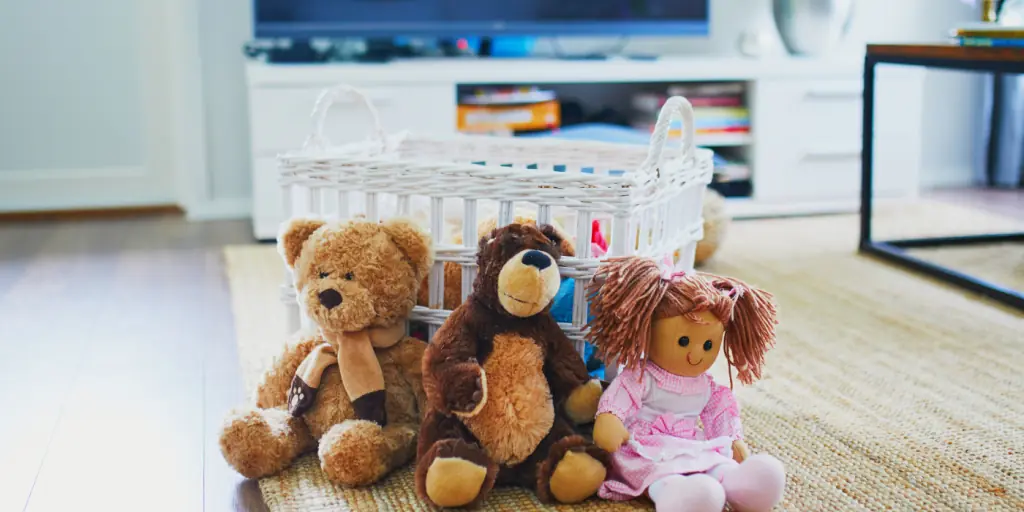
Remember that while soft toys can provide comfort and entertainment for babies, safety should always be the top priority. Always supervise playtime with soft toys, especially for infants and very young children, keep your baby’s favorite stuffed animal clean, and choose a plush toy that is suitable for your child’s age and developmental stage.

